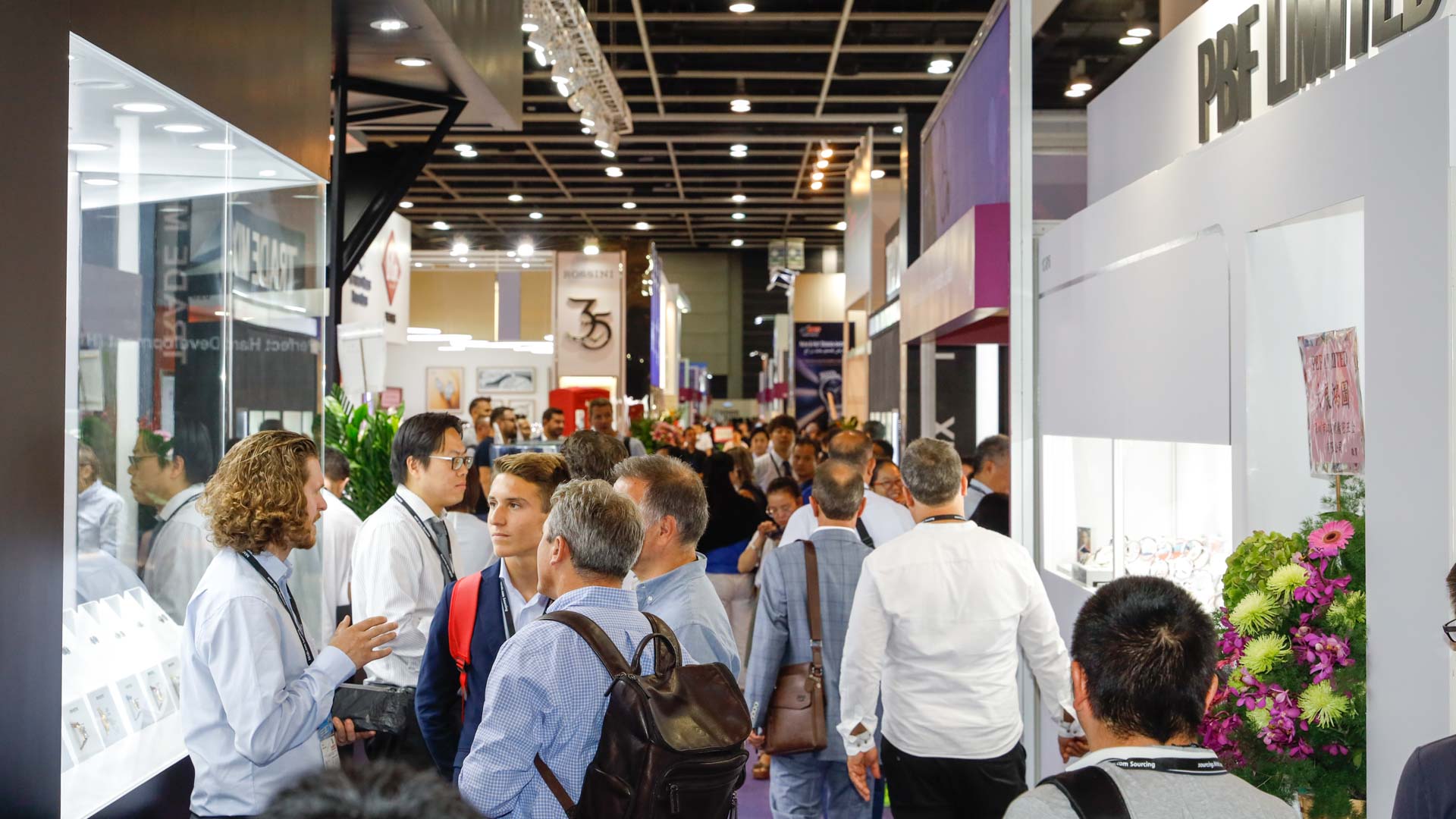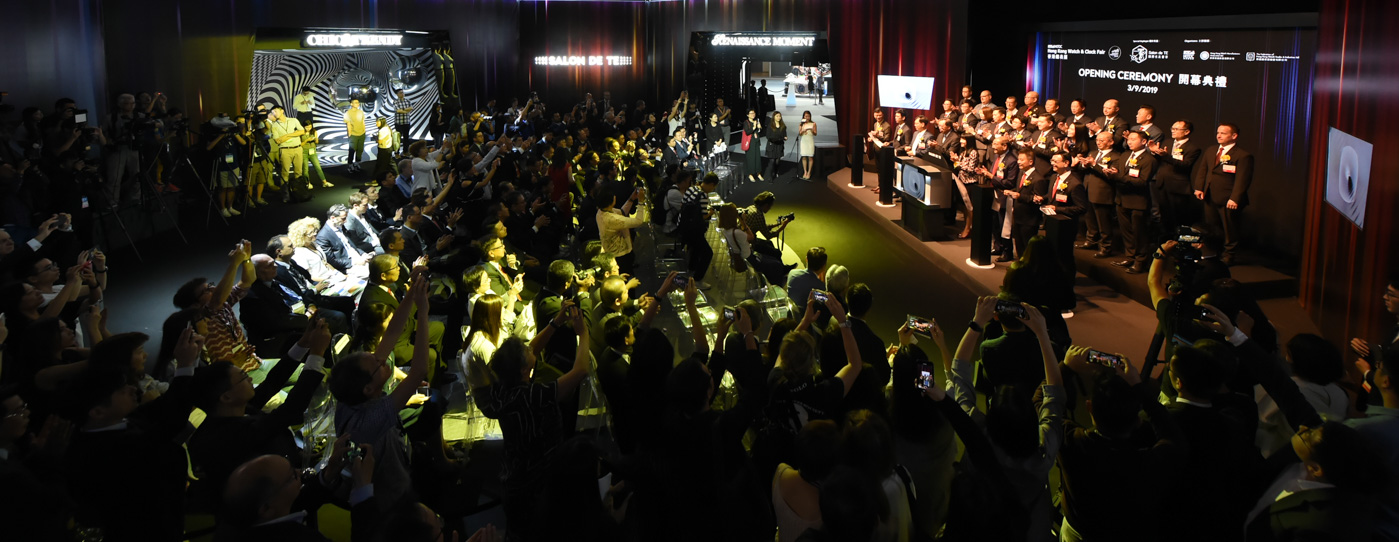
I eagerly anticipate the Hong Kong Watch & Clock Fair more and more with each passing year. As far as I can tell, there is no other watch fair like it: With its five-day duration and 830 exhibitors from 22 countries and regions, it is an extraordinarily diverse gathering of mostly Asian original equipment makers (OEM) watchmakers, OEM-watchmakers-turned-brands, and specialized suppliers, both established and new. Here’s what I learned & saw at the Hong Kong Watch & Clock Fair 2019.
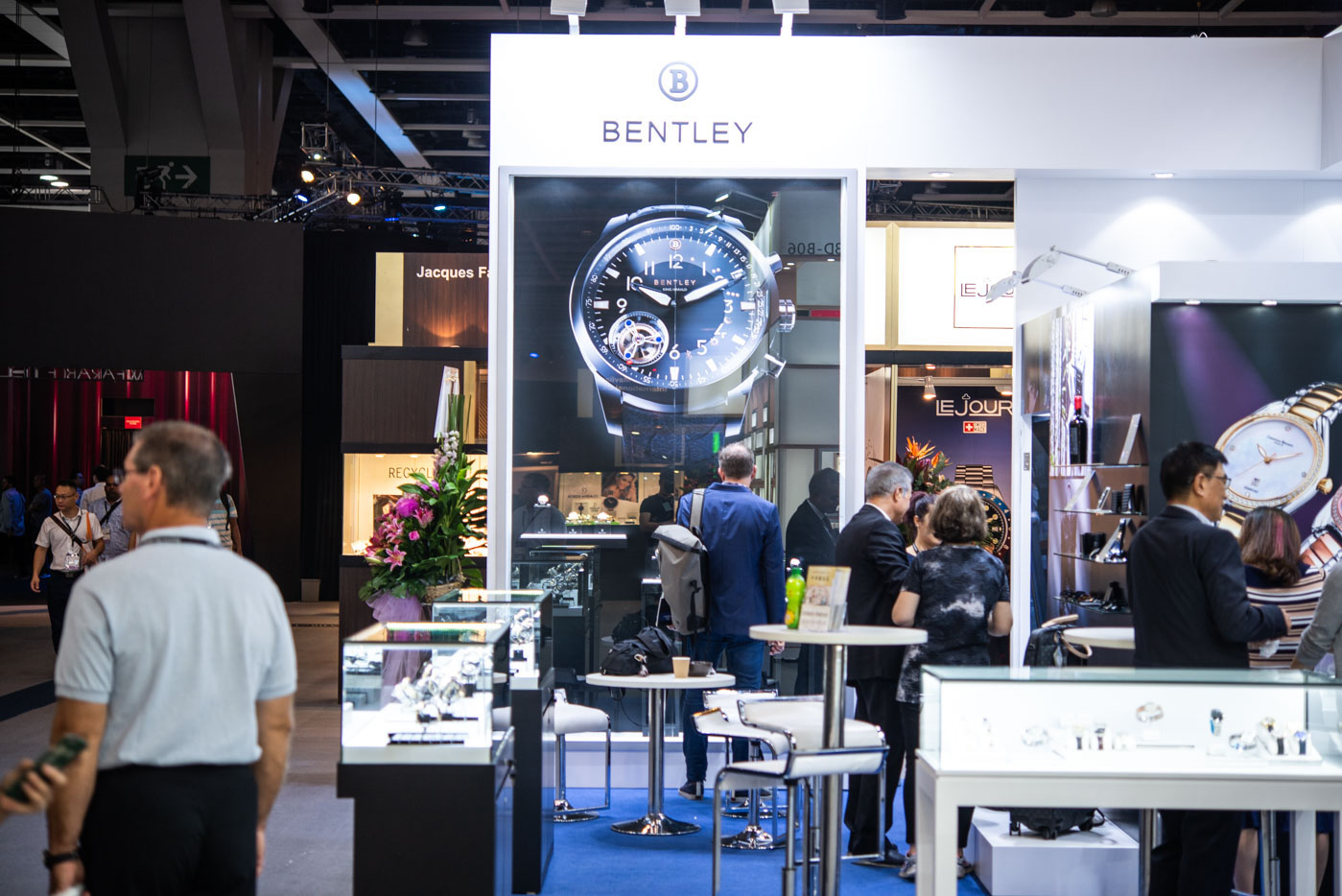
There are two types of visitors, buyers and press — as the latter, what I mostly care about is gauging the overall development in the refinement and advancement of Asian watch brands and parts suppliers. This puts me in the minority, as the former, much larger group cares not so much about where things have been going, but what is available on the market right now. They need parts for their brands, and they need OEM manufacturers who will build watches (and jewelry) from scratch to completion. As is the norm, the most versatile assortment of global watch industry players gathered at the 38th Hong Kong Watch & Clock Fair, with prices ranging from $1 to well into the tens of thousands.

Every time I attend, I like to catch up with fellow members of the press, as well as exhibitors I’ve met in previous years to compare our perceptions of the fair and the industry that it so beautifully represents. Given the distinct and steady increase in overall quality at all price levels (and by that, I mean $20 and up), I enjoyed shocking my fellow attendees by asking, “Though still quite a bit wonky at times, would you agree that brand presentations and marketing have overall been steadily improving?” Rather in line with my expectations, I kept hearing an eerily invariable response: “Yes! And once they have figured that out, we are all doomed!”
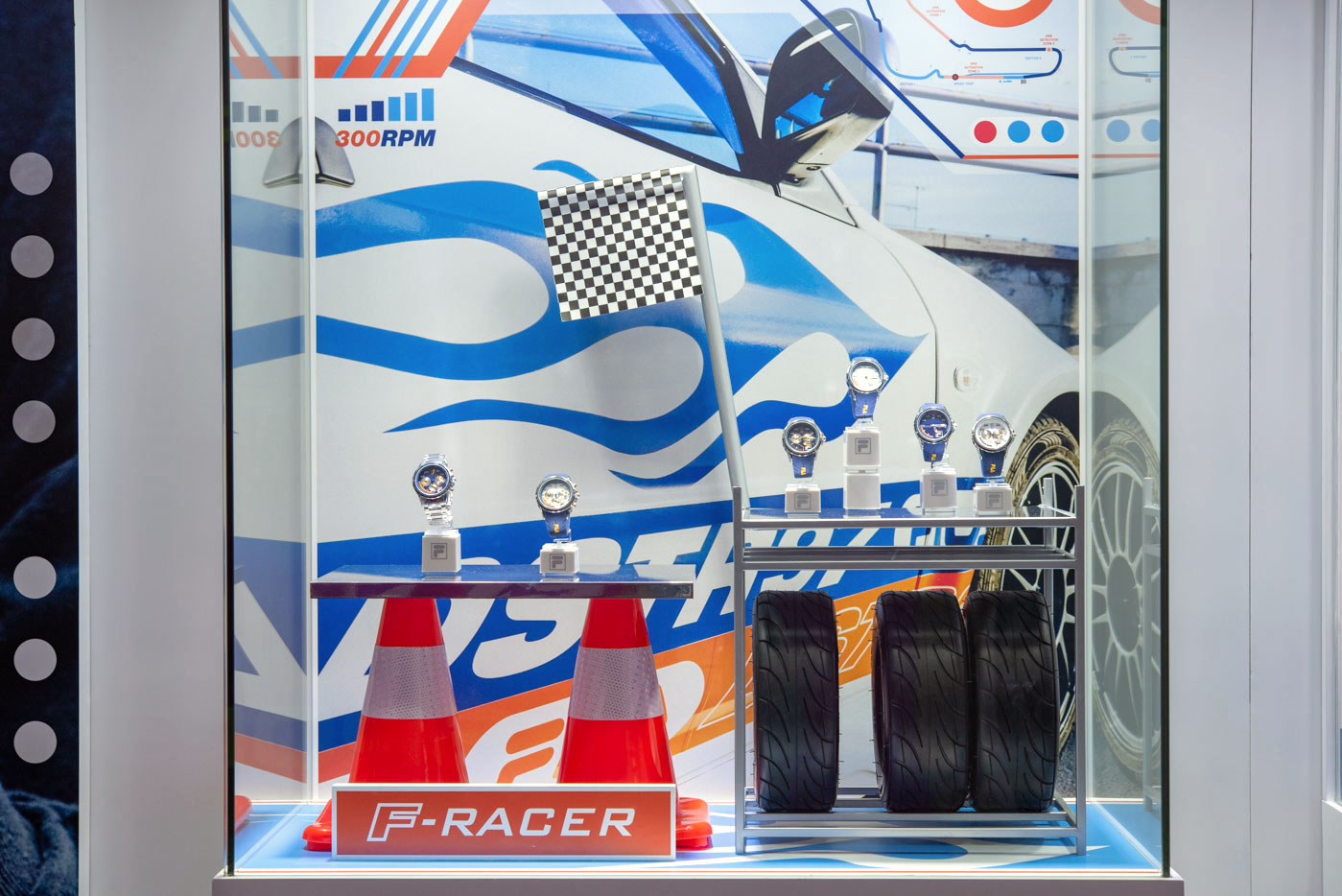
So, there. Even as few as five years ago, the mantra was the same, but it was not about marketing — it was about quality control and complexity and refinement of execution. In other words, every open-eyed attendee (press or otherwise) considered quality of execution as the final frontier that Asian watch manufacturers had to conquer to step up as a real threat to their Swiss counterparts. In 2019, the extent to which some OEM suppliers and brands have nailed quality of execution is scary for the established industry, or so it would be, if representatives of major Swiss luxury watch brands weren’t already present at the fair, looking for “overseas” case, bracelet, and dial manufacturers — or, you know, just renewing their existing contracts.
Mark my word: If the types and quantities of Asian-produced components that are omnipresent on expensive “Swiss-made” watches are ever revealed, through leaks of confidential documentation, the next big scandal could ensue. Do I know the exact types and quantities of “foreign” components in such watches? No, but even if I did, I’d need to be able to present such documents to back up my claims before taking on some very well-heeled companies of a traditionally rich industry by saying that the cases, dials, and hands that they use originate from China (or elsewhere).
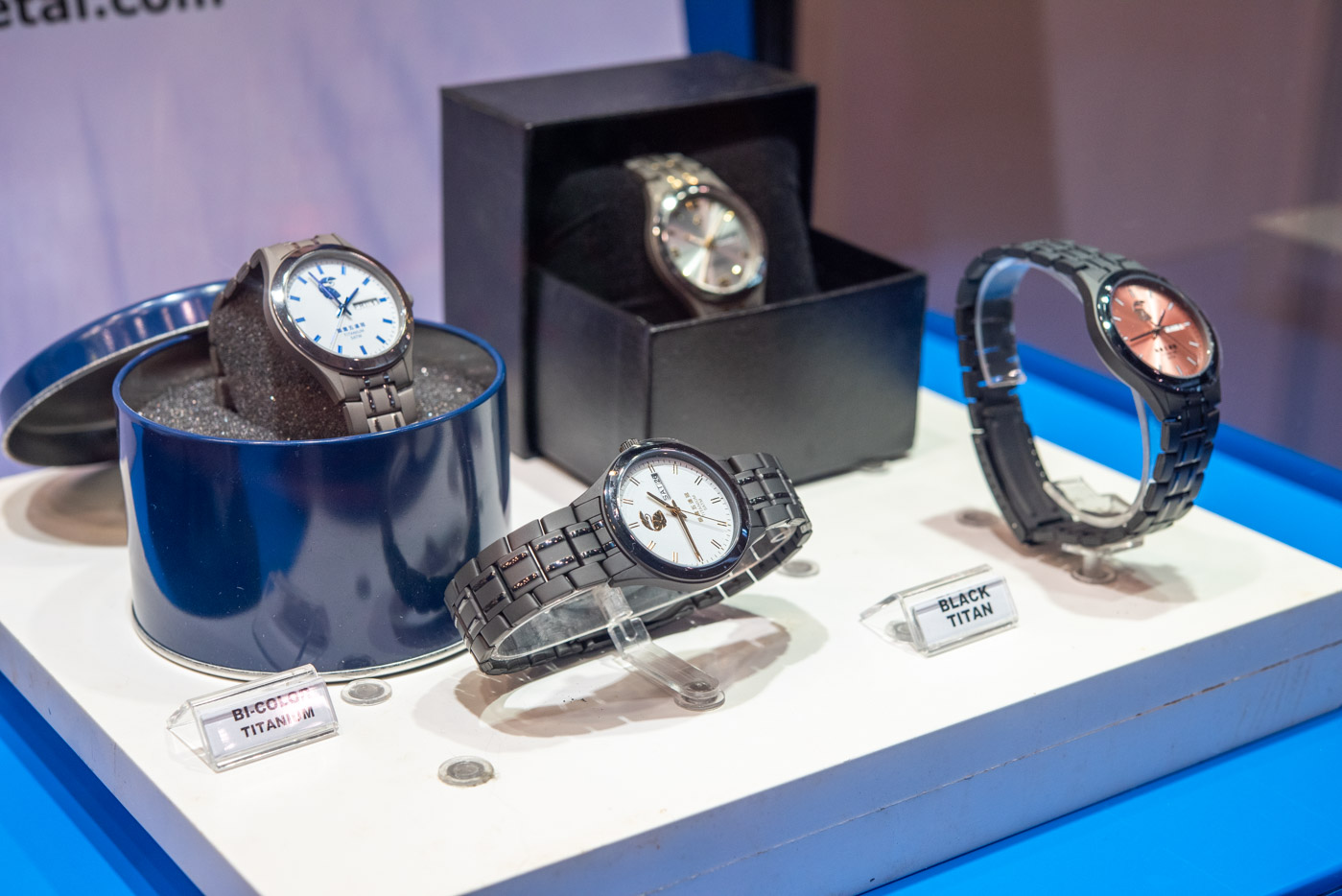
But then again, would most people care? I mean, we all know that Louis Vuitton has been manufacturing its “Made in France” shoes and boots in Romania since the early 2000s with a workforce paid around €320 per month after taxes (that is calculated with Romania’s 2019 minimum wage) — except for the soles, which are attached in Italy or France to attain the arguably fancier country of origin label. Oh, and this is, of course, perfectly lawful and in line with prevailing EU legislation. Although not quite so permissive, Switzerland’s 60% Swiss Made legislation leaves many opportunities for major components of expensive watches to be sourced far from Switzerland.
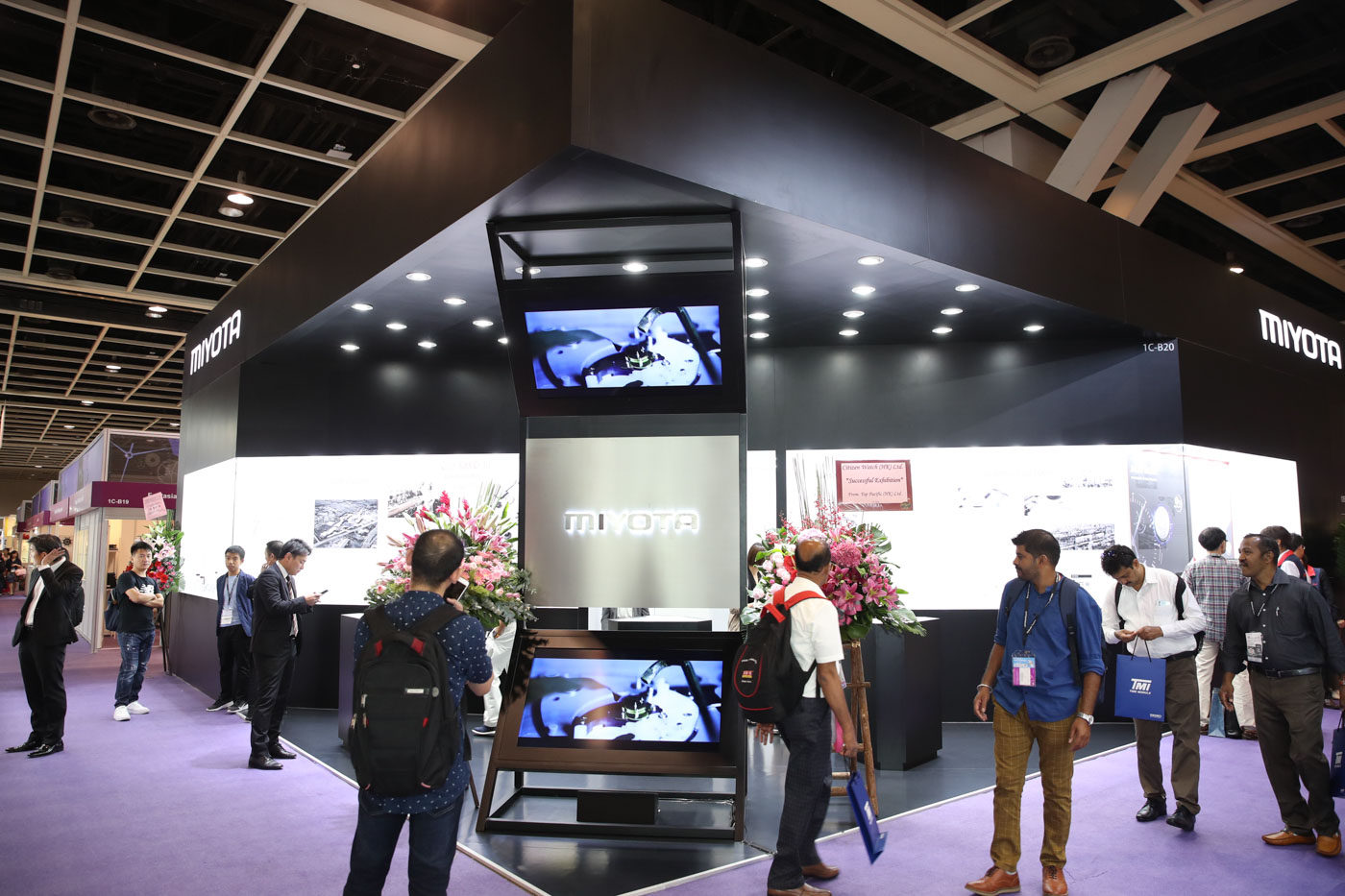
Escapement components and other small, highly sophisticated parts, such as hairsprings, have very easily scaleable production facilities all geared up in Switzerland — there is no need to expand upon or relocate those elsewhere. However, it’s risky to expand the production within Switzerland of cases, bracelets, and other components that are extremely expensive, and there’s been a drastic uptick in demand. The manufacturing of these components requires new and expensive machines that require a lot of space; both space and construction costs are very high in Switzerland. Furthermore, these parts require yet more costly manual labor to finish. Considering all this, and the fact that even if the funds were available to expand production, the risk associated with an investment of such magnitude, has, in theory, driven the Swiss into the arms of overseas manufacturers who are happy to take in large orders. And what if the quality didn’t quite cut it? It has been surprisingly easy to raise quality to an acceptable standard (to the brands and, apparently, to the global market).
Here’s a different perspective: Asian original equipment manufacturers have become so sophisticated and quality-oriented that the best among them today experience absolutely zero struggle whatsoever in supplying Swiss brands with essential watch components. Whether this is a result of their own diligence or something they learned from European manufacturers who moved parts of their production to Asia only matters from a finger-pointing angle, but it makes no difference when assessing the situation that resulted.

